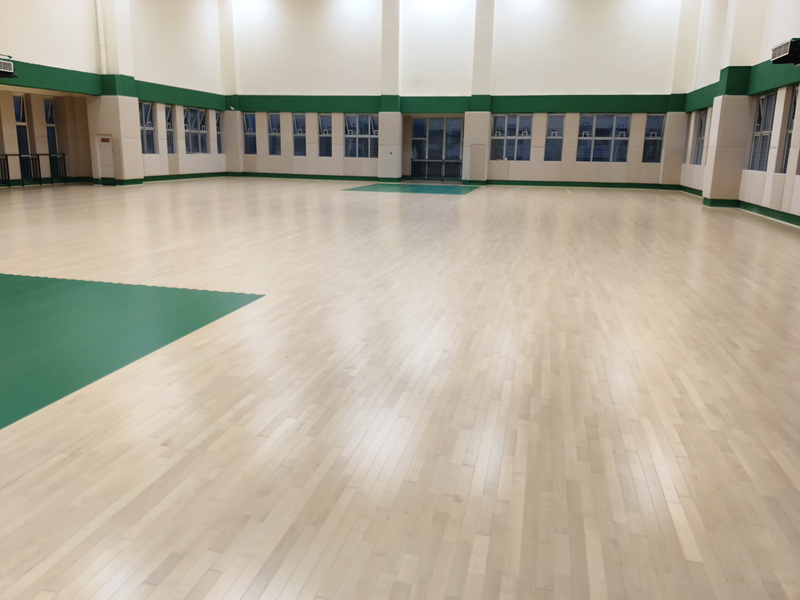Introduction
Sports wood flooring is more than just a surface; it is the backbone of any indoor athletic facility, from professional arenas to community gymnasiums. Designed to withstand rigorous physical activity while providing optimal safety and performance, sports wood flooring combines durability, functionality, and aesthetic appeal. This article explores the key features, benefits, and maintenance practices that make sports wood flooring an indispensable element in the world of sports.
Key Features of Sports Wood Flooring
-
Shock Absorption and Resilience
One of the most critical aspects of sports wood flooring is its ability to absorb shock and provide resilience. High-quality sports floors are engineered with a subfloor system that includes cushioning layers, often made of rubber or foam, which reduce the impact on athletes' joints and muscles. This feature is particularly important for sports that involve frequent jumping and running, such as basketball and volleyball. -
Uniform Bounce and Ball Response
Sports wood flooring is designed to offer a consistent bounce and ball response across the entire playing surface. This uniformity ensures that the ball behaves predictably, allowing athletes to perform at their best. The use of specialized wood species, such as maple or oak, known for their density and stability, contributes to this uniformity. -
Slip Resistance and Traction
Safety is paramount in sports, and sports wood flooring is treated to provide the right balance of slip resistance and traction. A textured finish or a special coating is applied to the surface to prevent athletes from slipping while allowing for quick, controlled movements. -
Moisture Resistance and Dimensional Stability
Sports wood flooring must withstand changes in humidity and temperature without warping or cracking. High-quality floors are constructed with moisture-resistant materials and undergo a kiln-drying process to ensure dimensional stability.
Benefits of Sports Wood Flooring
- Enhanced Performance: The combination of shock absorption, uniform bounce, and slip resistance enables athletes to perform at their peak, reducing the risk of injury and improving overall game quality.
- Longevity: With proper maintenance, sports wood flooring can last for decades, making it a cost-effective investment for sports facilities.
- Aesthetic Appeal: The natural beauty of wood adds warmth and elegance to any sports venue, creating an inviting atmosphere for athletes and spectators alike.
- Environmental Sustainability: Many sports wood flooring options are made from sustainably sourced materials, aligning with the growing demand for eco-friendly building solutions.
Maintenance Practices
To ensure the longevity and performance of sports wood flooring, regular maintenance is essential. This includes:
- Daily Cleaning: Sweeping or vacuuming to remove dirt and debris.
- Periodic Mopping: Using a pH-neutral cleaner to prevent damage to the finish.
- Annual Refinishing: Applying a new coat of finish to restore the floor's appearance and protective properties.
- Prompt Repairs: Addressing scratches, dents, or other damage as soon as they occur to prevent further deterioration.
Conclusion
Sports wood flooring is a critical component of any indoor sports facility, offering a blend of performance, safety, and aesthetic appeal. By investing in high-quality sports wood flooring and implementing a regular maintenance program, facility managers can ensure that their floors remain in top condition, providing athletes with the optimal surface for competition and training.

Leave a Reply